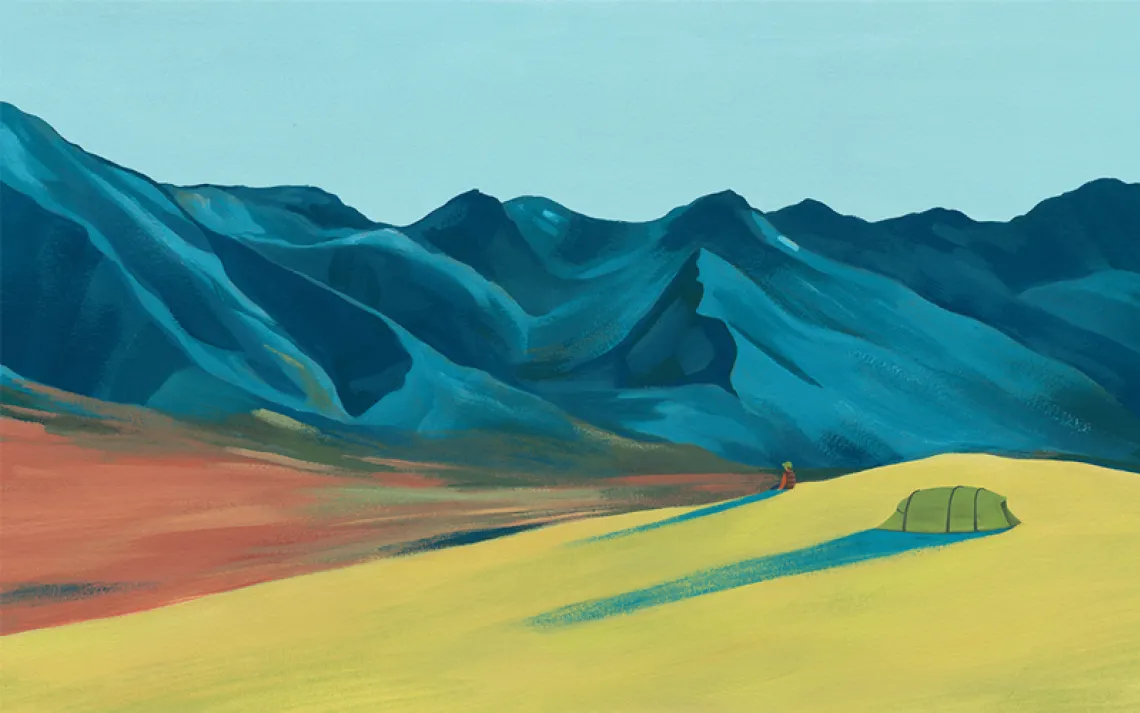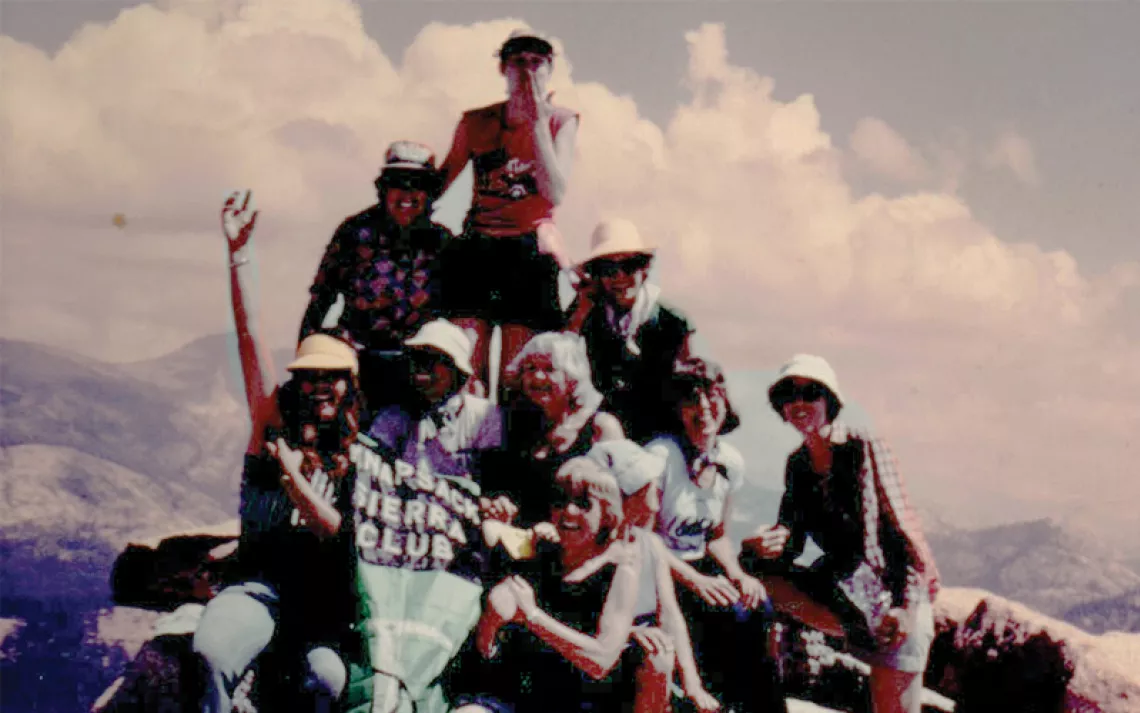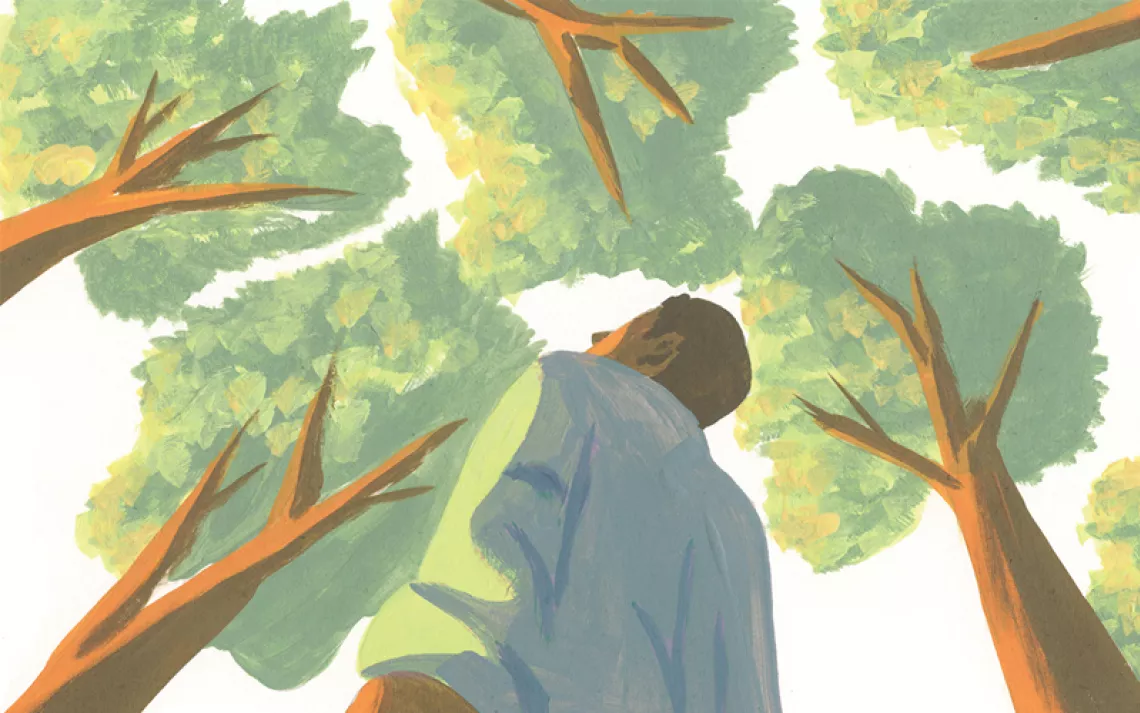"A New Wild" Looks at How Animals and Humans Can Thrive Together
The new five-part series shows that human relationships with nature need not be destructive.

Photo Courtosy of Ian McAllister/PBS
Have you ever stood in a room full of baby pandas? Visited chimps with Jane Goodall? Or played midwife to a lemon shark?
A recently released series, “EARTH: A New Wild,” will take you on these journeys and introduce you to a side of nature you’ve never seen before. The show lives up to its name, taking us through visually stunning examples of how the border between human and animal habitat is becoming an increasingly thinner line. In some cases, it has already disappeared.
“This series is a first for nature films,” said Dr. M. Sanjayan, the host of the series. “It turns the camera around and acknowledges that spectacular nature doesn’t exist in isolation. In the new wild, humans and wildlife can – and must – thrive together.”
In the cork forests of Portugal, Sanjayan shows an example of humans and wildlife flourishing in a shared environment. Local farmers annually harvest the bark of the trees for wine bottles, being extremely careful not to harm the trees while doing so. With this method, the bark of the trees grows back even stronger the next season, when it is ready to be harvested again.
The benefits don’t stop at trees themselves. Because of the farmers’ diligence, the cork forest remains a place of thriving wildlife. Pigs graze between trees, eating acorns, naturally re-seeding the forest. The endangered Iberian lynx calls it home, too, and 60 thousand Eurasian Cranes land there to rest after their migration year.
Not all of the human-animal ecosystems that we see in "A New Wild" are idyllic like the cork forest. Take the village in northwestern India where a dying vulture population has given way to fields of carcasses, which humans once relied on the vultures to dispose of; the rise of slime in our oceans, an invasion of bacteria due to overfishing. But the show always tells us about the brilliant scientists who are working behind the scenes to get these flailing ecosystems back on track.

Sign up to receive Sierra News & Views
Get articles like this one sent directly to your inbox weekly.
With this action you affirm you want to receive Sierra Club communications and may vote on policy designated by the Sierra Club Board.
These environmental mosaics of humans, agriculture, and wild nature create the theme for the new series. The human relationship with nature need not be destructive: We can work to make it beneficial to all species involved.
“You’re going to see things you’ve never seen – things that have never been filmed before,” Sanjayan said. “And it will hopefully make people rethink their connection to nature.”
This five-part series is airing on PBS, one episode will be released each Wednesday from February 4th until March 4th. After their air date, the episodes will available for streaming online.
 The Magazine of The Sierra Club
The Magazine of The Sierra Club



